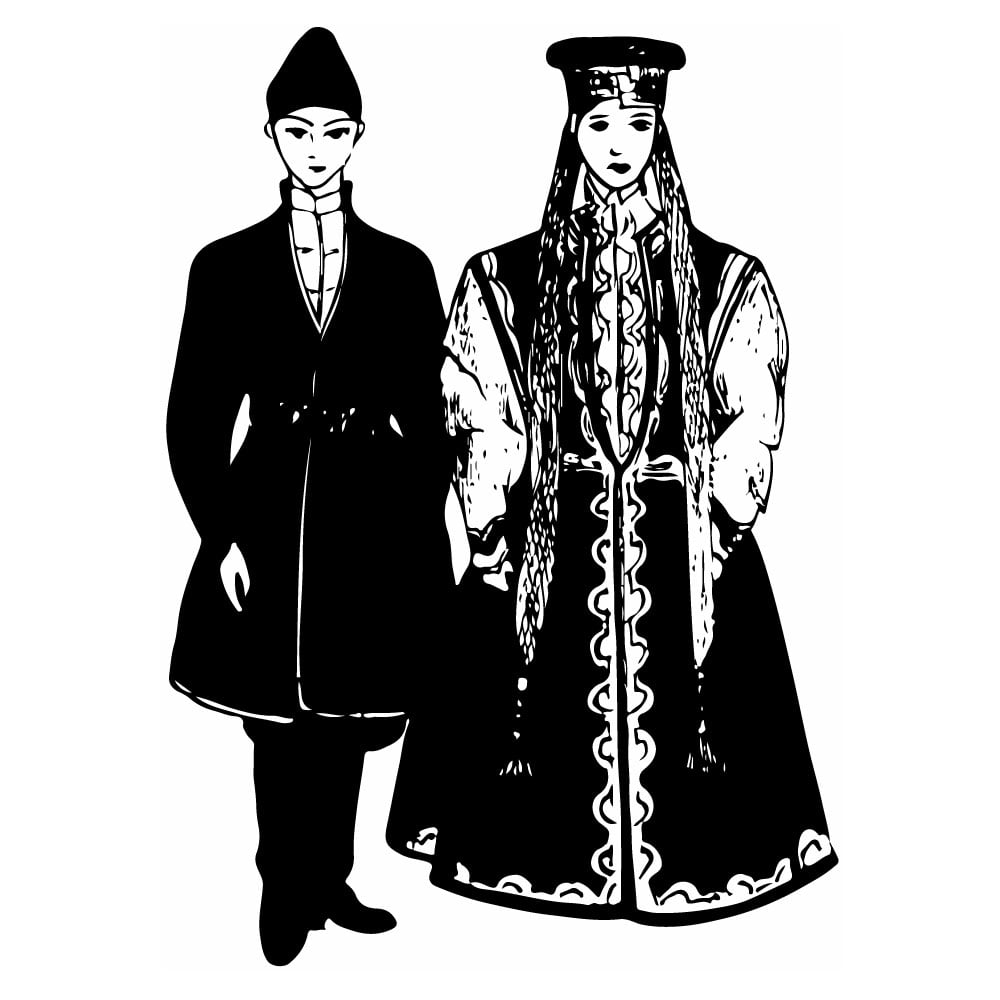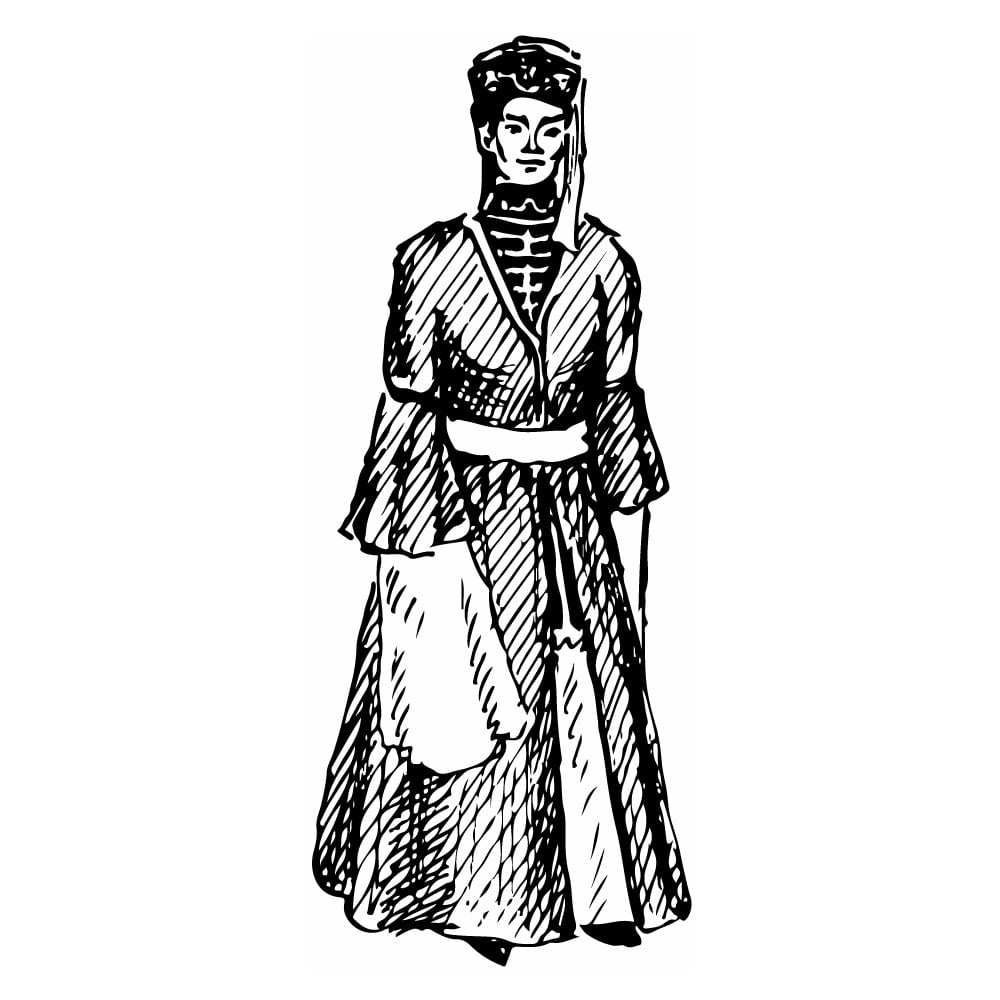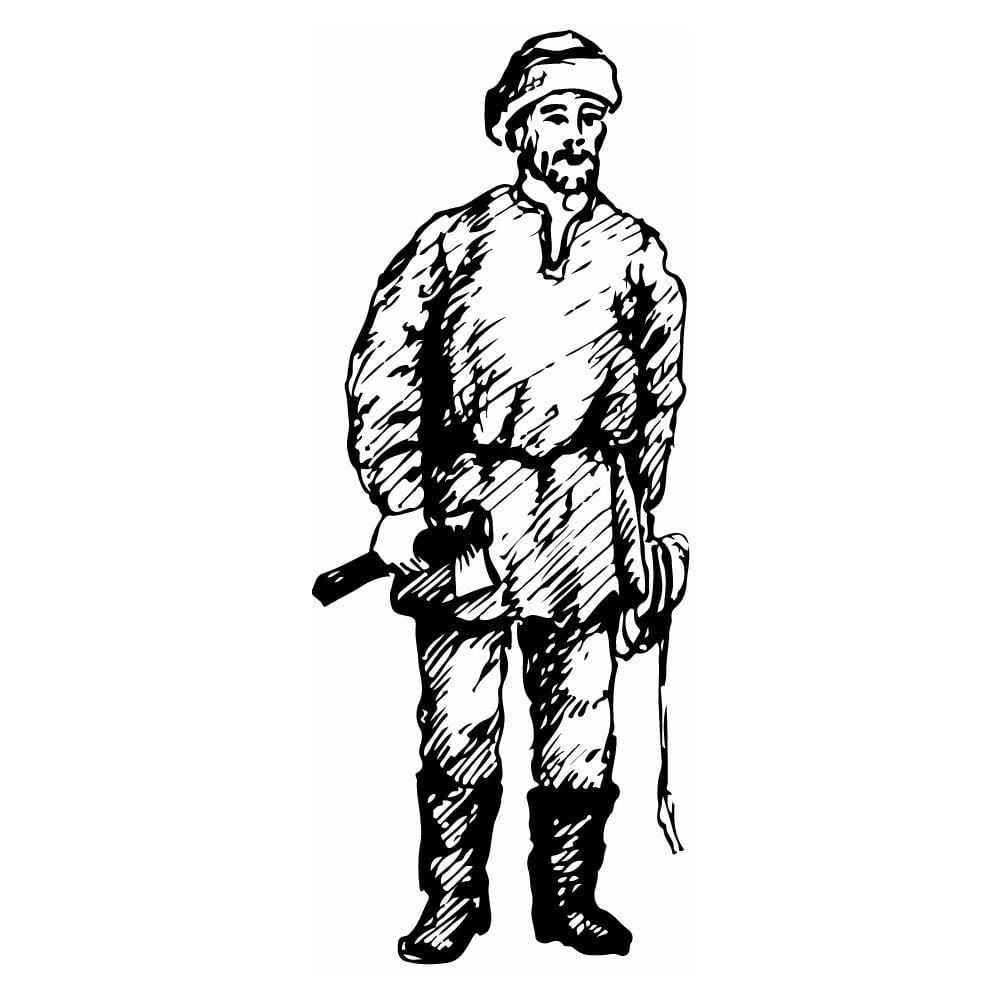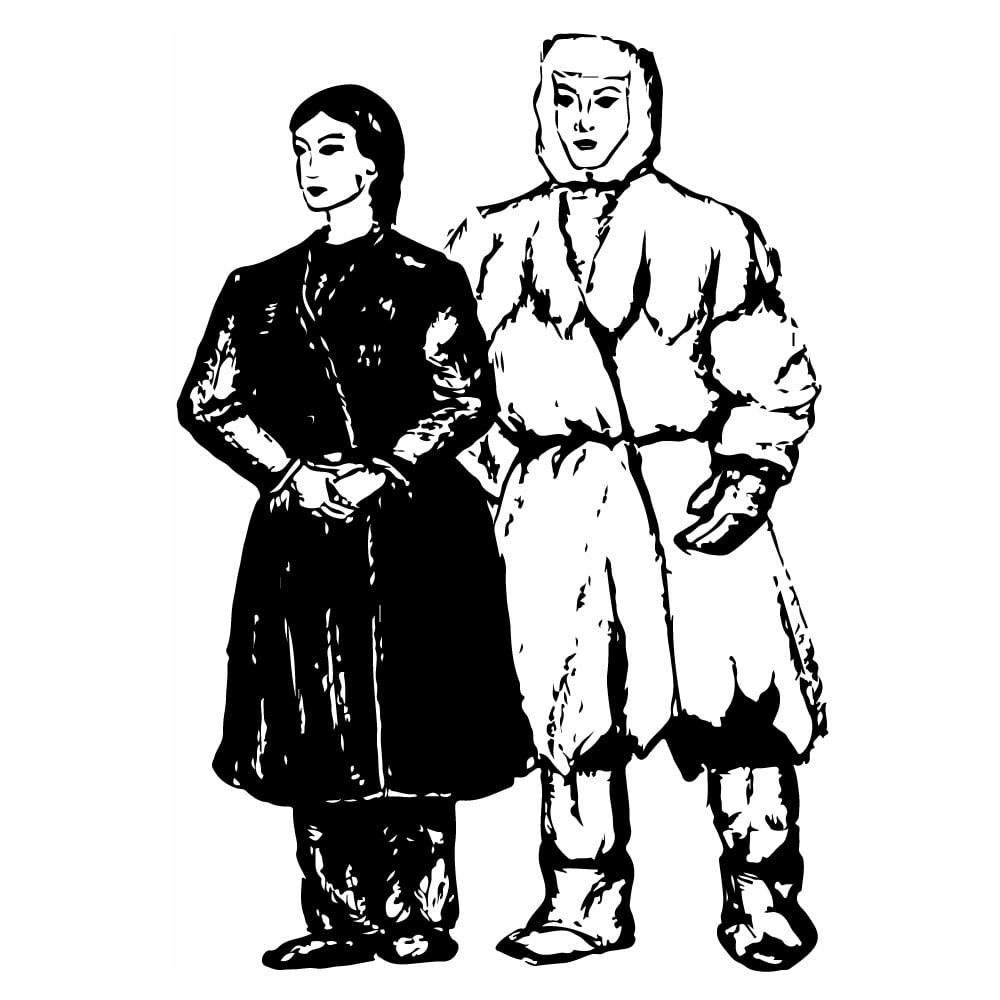Chukchi
| Population | 15,000 |
| Language group | Chukot-Kamchatka |
| Region | The Chukchi National area of Magadan region of the Russian Federation |
| Religion | Shamanism |
*Population estimates for 1994
The Chukchi is the largest people in the Northeast group of Paleoasiates. The Chukchi of the seaside call themselves an’kalyn which means “sea inhabitant,” “pomor,” and Chukchi – deer men of Tundra – “chavchu.” The Russian name “Chukcha,” “Chukchi” derives from the above mentioned term – “chavchu.”
The question about the origin of the Chukchi is inseparably linked with the problem of the Eskimo origin. In the Chukchi culture many elements typical to the Eskimo culture are found. The anthropologic data also testify about the general foundation in the Chukchi and the Eskimo formation. The anthropologic excavations testify of the fact, that the territory from the cape of Schmidt to the cape of Dezhnev was occupied by the Eskimos in ancient times. Today, the Chukchi are living on the bigger part of this territory. Obviously, the process of the confluence of both groups was happening and was accompanied by the victory of the Chukchi language over that of the Eskimos. As a result, the modern seaside Chukchi were formed as was their economy, culture, and mode of life.
At the beginning of the nineteenth century the Chukchi started spreading gradually to the west and southwest to the territories which had been previously inhabited by the Yukagirs. It was caused by a strong growth of Chukot reindeer breeding requiring new pastures. According to their economy and mode of life, the Chukchi, not so long ago, were divided into two main groups: deer men and sea-game hunters. Both of these groups were connected by relations of the natural exchange. The Chukchi did not give any importance to fishing. The fur trade, mainly the extraction of white polar fox and common fox, developed under the influence of the exchange with the Russian and the American people. The collecting of wild-growing, edible plants was widely practiced by both women and children.
The Chukchi sewed their own clothes from the skins of young deer and seals. Men put knee long or shorter, double fur shirts on their naked body. The hem, sleeves, and collar of the shirt was sown with fur. The trousers were also double and tight. They wore short boots with fur stockings. The Chukchi seldom wore the head attires, even in winter. Women wore the fur overalls, knee long with wide sleeves and collar. The footwear was made of the same cut as that of the men’s but it was up to the knees. No particular differences in the clothes of the deer men and the seaside Chukchi were noted.
The Chukchi had tattoos in the past. The purpose was of the religious and magic character, which was defense from evil spirits. The Chukchi, as the other people of Siberia, had the characteristics of animistic notions. According to their notions, all the universe was populated by spirits. The illnesses and the death of a human being was explained as a stealing of his soul by spirits. The sacred things connected with the “protection” of the herd for the nomads and those “securing” the success for the seaside Chukchi, took a special place in the Chukchi’s mode of life. The conversion of Chukchi to Christianity took place only within the vicinity of the Russian settlements, but even there it was limited by acquiring only some simplest Orthodox rituals.
The Chukchi folklore is rich. According to the contents, it is classified into the space myths, fairy tales about shamans’ adventures, the mode of life, and tales about wars of the tribes. The dances and songs were not developed enough compared to the rich oral poetic activity. The ritual melodies were passed on from one generation to the next within a family.
Since that time, the Chukotka people have made great progress. Illiteracy among the people was eliminated when script and literature were created. Now they have their own scientists, poets, teachers, doctors, and specialists in many branches of economy.
The Seaside Chukchi long ago were famous for bone carving. From walrus fangs they cut out figures of animals, portrayal of schooners, and other imagined subjects. At present time, engraving have improved greatly; color engravement has achieved a considerable progress.
This is Ad 1





























